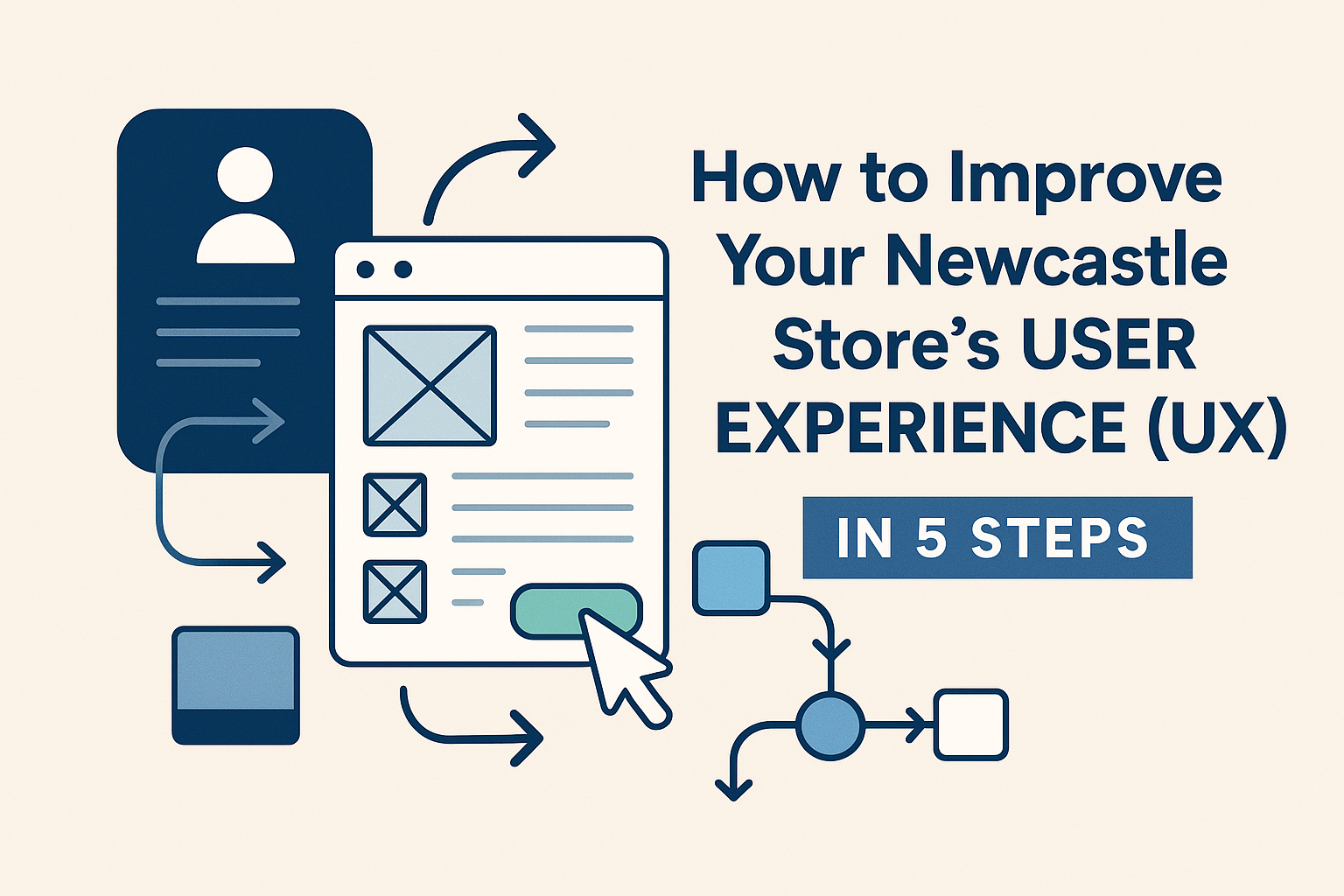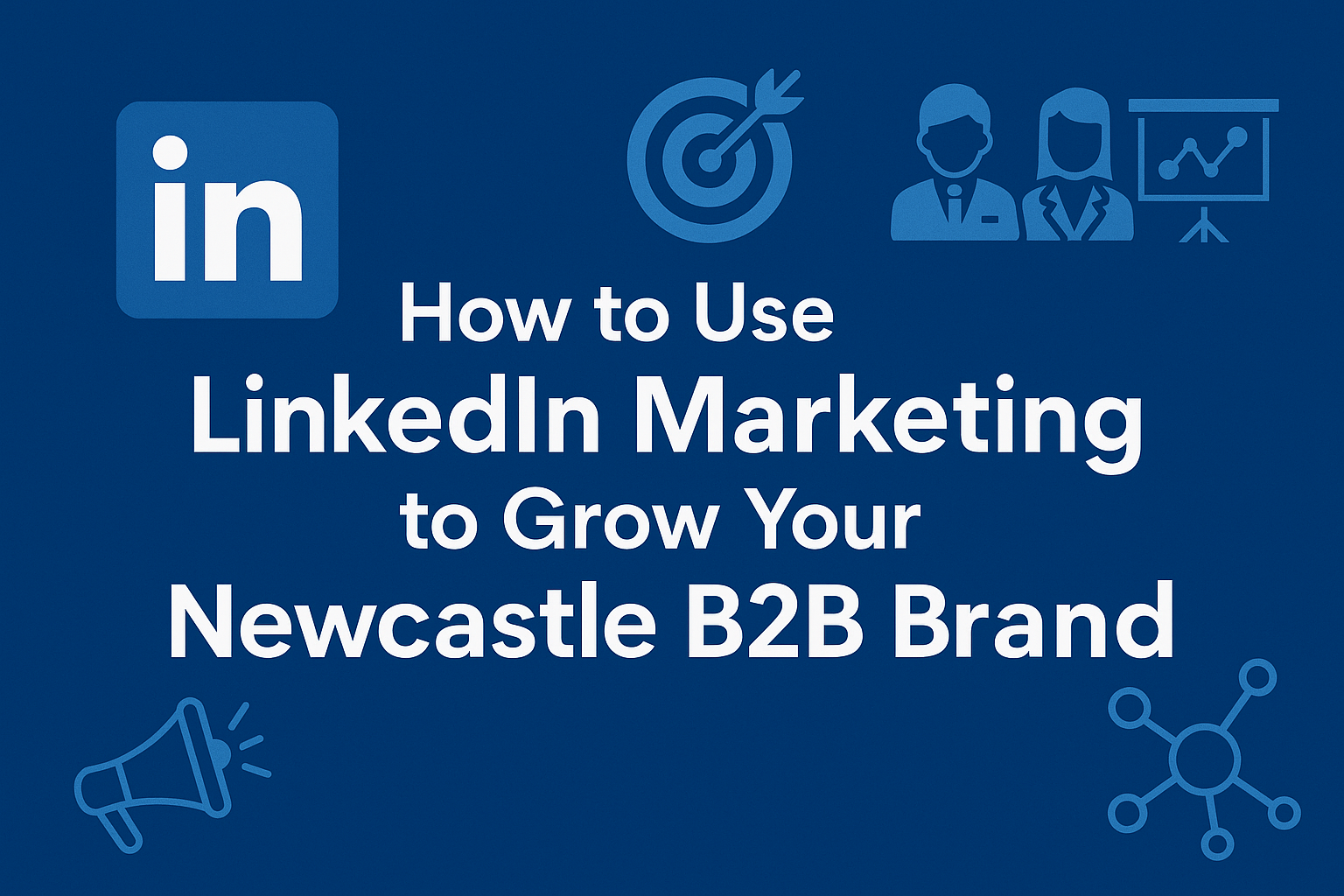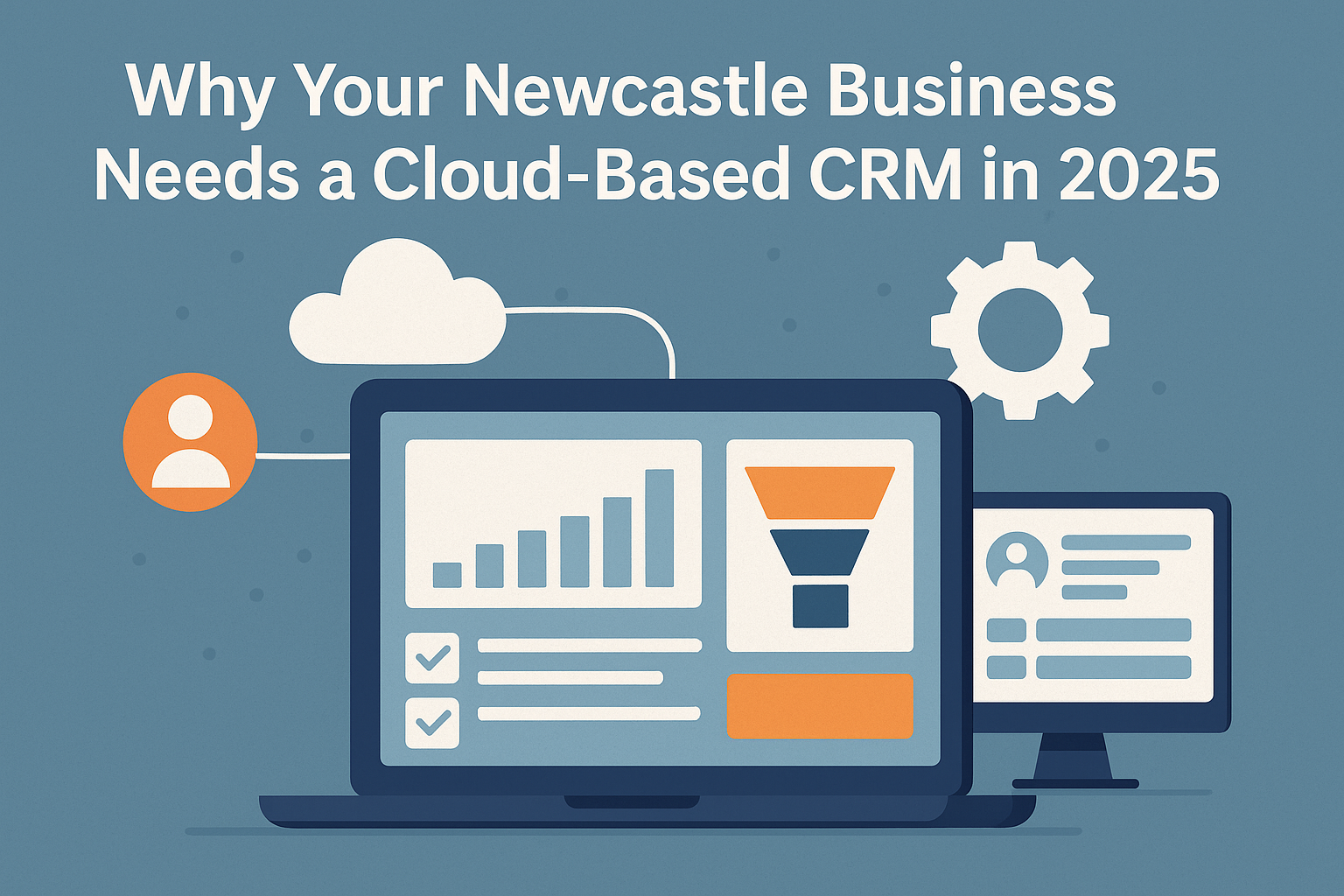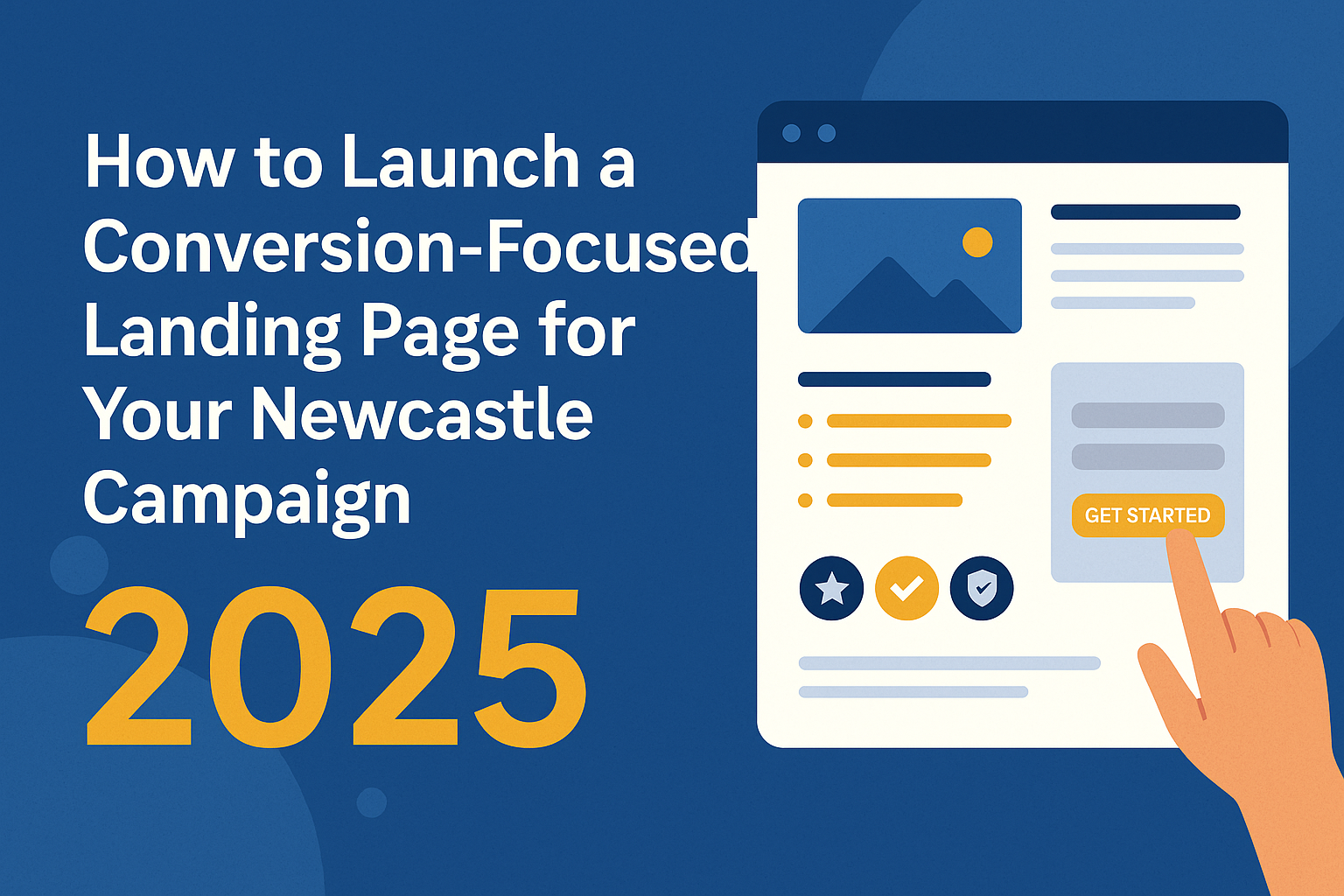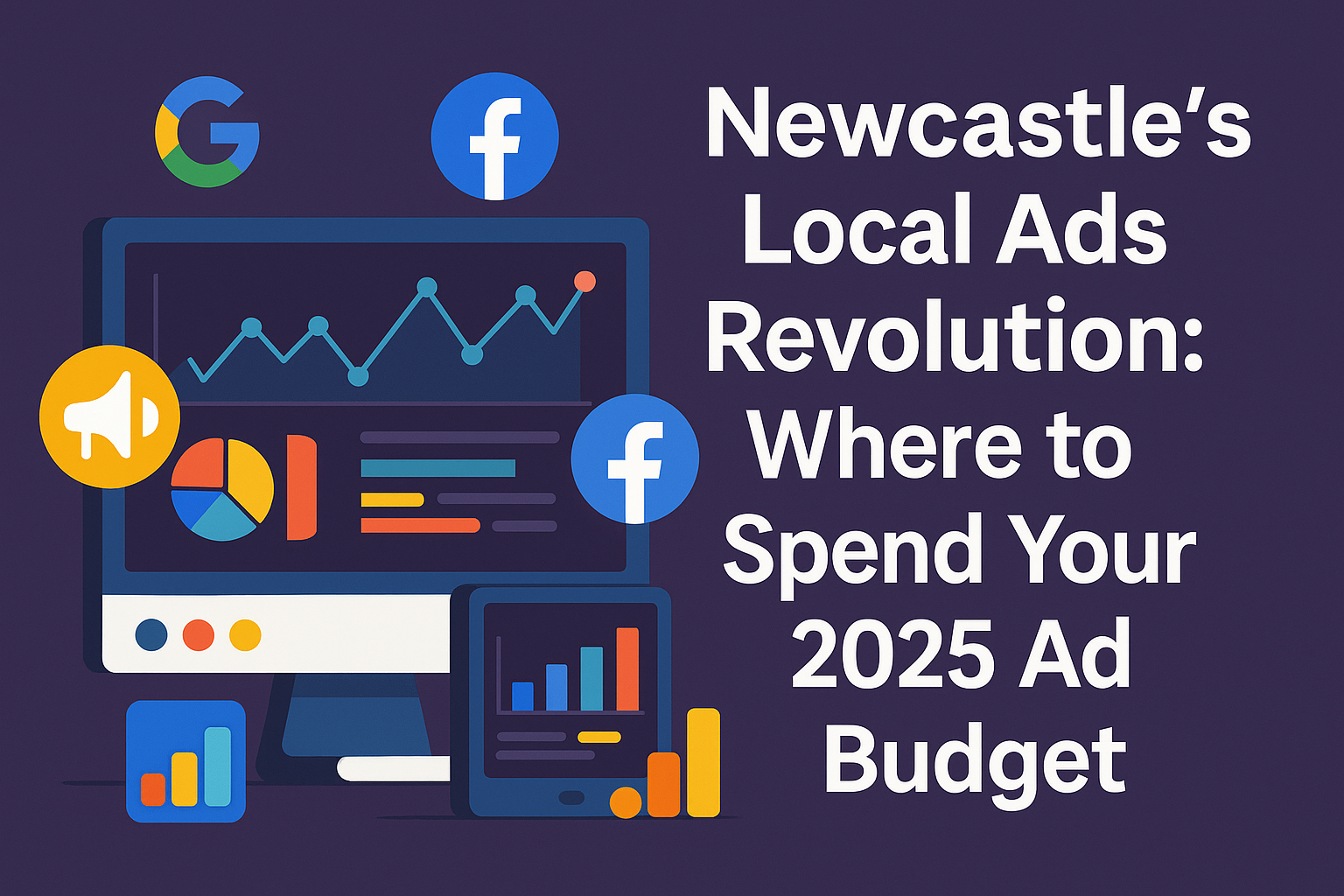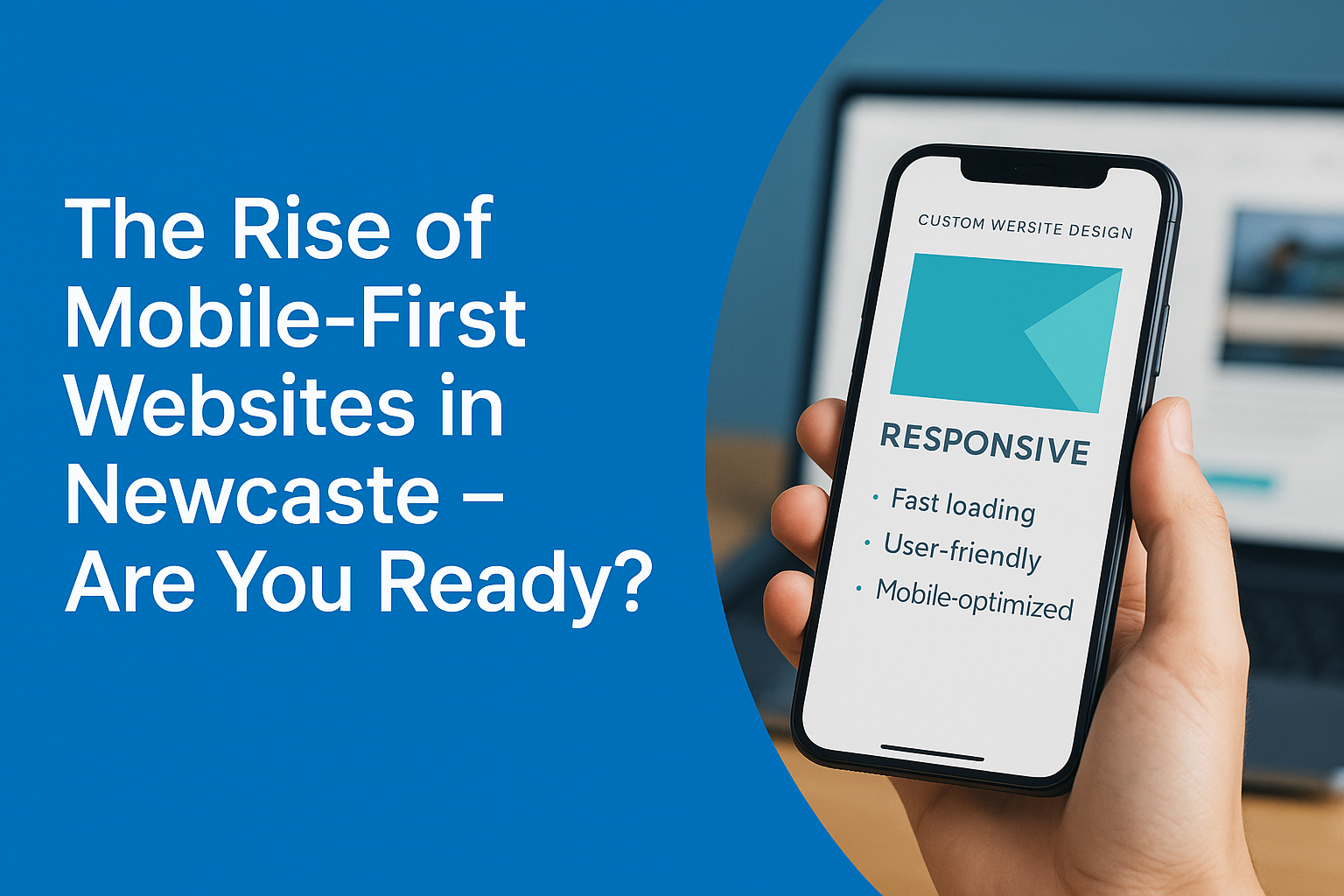- sales@robatodigitals.com
- 124 Westwood Dr, Burnside VIC 3023
Mastering On-Page SEO Optimization: A Comprehensive Guide

Mastering On-Page SEO Optimization: A Comprehensive Guide
In the ever-competitive digital landscape, having a strong online presence is essential for success. Search engines are a primary source of organic traffic, and mastering on-page SEO optimization is crucial to ensure your website ranks well and attracts valuable visitors. In this comprehensive guide, we'll delve into the key aspects of on-page SEO optimization and provide actionable tips to improve your website's search engine visibility.
1. Keyword Research
Effective on-page SEO optimization begins with thorough keyword research. Identify relevant keywords and phrases that your target audience is likely to search for. Utilize keyword research tools like Google Keyword Planner, SEMrush to discover valuable keywords with sufficient search volume and low competition.
2. High-Quality Content
Content is king in the world of SEO. Create informative, engaging, and valuable content that addresses the needs and interests of your audience. Ensure your content is well-researched, organized, and easy to read. Incorporate your target keywords naturally and avoid keyword stuffing, which can harm your rankings.
3. SEO-Friendly URLs
Optimize your URLs by making them concise, descriptive, and user-friendly. Avoid using generic or cryptic URLs and include relevant keywords when appropriate. A clear URL structure helps search engines and users understand the content of your pages.
4. Title Tags
Title tags are among the most critical on-page SEO elements. Craft compelling and descriptive title tags for each page of your website. Include your primary keyword near the beginning of the title tag and keep it under 60 characters to ensure it displays properly in search results.
5. Meta Descriptions
Meta descriptions provide a brief summary of your page's content in search engine results. Write persuasive meta descriptions that encourage users to click on your link. While meta descriptions don't directly impact rankings, they can significantly influence click-through rates.
6. Header Tags
Use header tags (H1, H2, H3, etc.) to structure your content logically. The H1 tag should contain your main headline and include your primary keyword. Subsequent header tags help organize your content into sections, making it more accessible to both users and search engines.
7. Internal Linking
Internal linking helps search engines understand the hierarchy and relationships between your web pages. Link relevant pages together using descriptive anchor text. This not only improves user navigation but also distributes link equity throughout your site.
8. Image Optimization
Optimize images by using descriptive file names and alt tags that include keywords when applicable. Compress images to reduce page load times, as faster-loading pages tend to rank higher. Image optimization is crucial for both SEO and user experience.
9. Mobile Optimization
Ensure your website is mobile-friendly and responsive. Google uses mobile-first indexing, so a mobile-optimized site is critical for rankings. Test your site's mobile-friendliness using Google's Mobile-Friendly Test and make necessary adjustments.
10. Page Speed Optimization
Fast-loading pages are favored by both search engines and users. Compress images, leverage browser caching, and minimize HTTP requests to improve page load times. Tools like Google Page Speed Insights can help identify speed optimization opportunities.
11. User Experience (UX) and Design
A well-designed, user-friendly website not only pleases visitors but also positively impacts SEO. Create a clean, intuitive layout with easy navigation. Ensure that your site is accessible and that pages load correctly on various devices and browsers.
12. Regular Content Updates
Frequently update your content to keep it relevant and informative. This not only attracts returning visitors but also signals to search engines that your site is active and authoritative.
13. User Engagement Metrics
Monitor user engagement metrics such as bounce rate, time on page, and click-through rate. A website that keeps users engaged signals its quality to search engines and may be rewarded with higher rankings.
On-page SEO optimization is the foundation of a successful digital marketing strategy. By following these best practices and staying up-to-date with SEO trends and algorithm changes, you can improve your website's visibility in search engine results, attract more organic traffic, and ultimately achieve your online goals. Remember that SEO is an ongoing process, so regularly assess and refine your on-page optimization efforts to stay competitive in the ever-evolving digital landscape.


